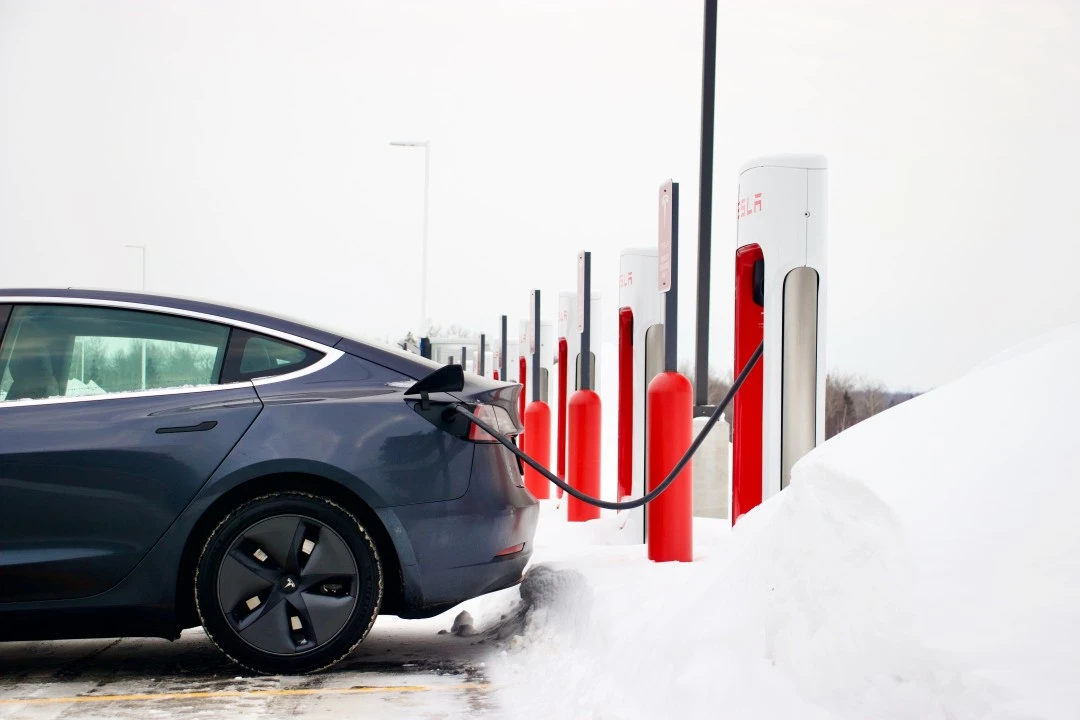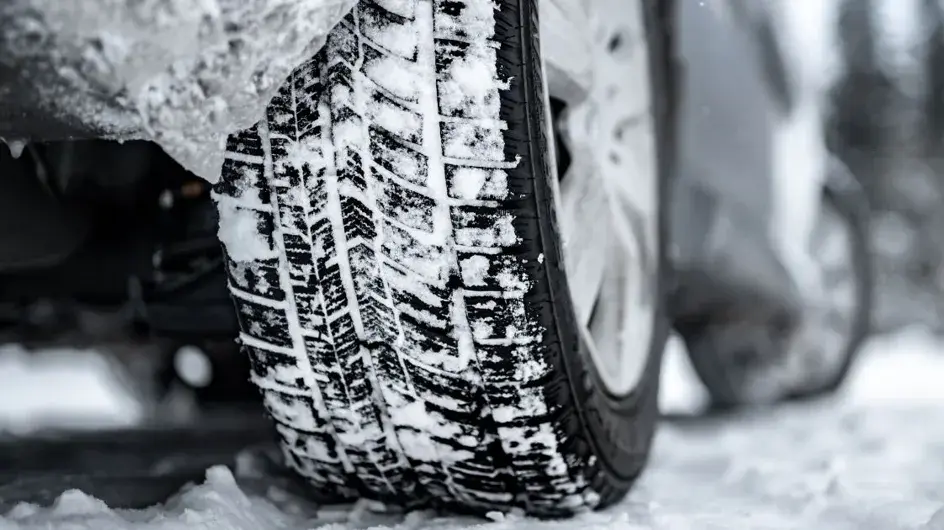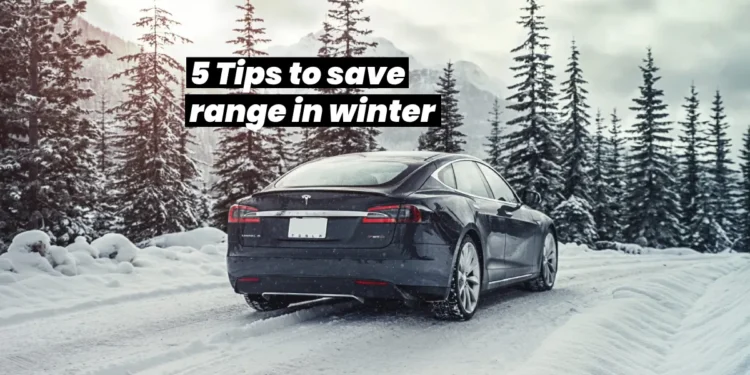Table of Contents
Electric cars during winter: 5 tips to save as much range as possible during winter.
In cold weather and with cold temperatures, the range of EVs drops remarkably. However, there are a few things you can do to squeeze and get as many miles out of your electric vehicle’s battery.
Electric cars and cold weather, that’s a combination that doesn’t bring much joy. Cold weather has a dramatic impact on the battery’s performance: the range decreases with every degree outside the battery‘s optimal operating temperature range, and the charging time becomes longer and longer. But with a few simple measures and tips you can save a lot of range and save time at the EV charging stations.

1. Tip #1: It’s best to Pre-heat the electric car while it is charging at the charging station
To make sure your electric car performs well in winter, it’s essential to warm it up before hitting the road. Most electric cars come with an auxiliary heater which can usually be controlled via a smartphone app or via the on-board touchscreen.
Here’s a pro-tip: before you unplug your car at home, or while you’re plugged into a charging station let the car warm up. This might sound like a small thing, but heating an electric vehicle uses a fair amount of energy. By doing this while still plugged in, you’re using power from the mains grid instead of eating from your battery’s power, so you can step into a warm car with a full charge.
Don’t forget the basics, though, like clearing off the snow. It’s not just about visibility; it also affects the car’s weight and how easily it moves through the air. And hey, if your workplace has charging points, why not use them to warm up your car before you leave?
Understanding how temperature impacts your electric car’s battery is crucial too. For optimal performance, EV batteries like to operate in an optimal temperature range, which is usually between 20 and 25 degrees Celsius. As temperatures drop, the battery’s efficiency and range decrease due to slower chemical reactions. Some tests have shown that at -6 degrees Celsius, an electric car can lose an average of 12% of its range. Some electric cars, especially Tesla models, have smart systems to regulate temperature, minimizing the winter impact on performance. Also, keep in mind that cold air is denser, so your electric car might use more energy in winter, especially at higher speeds.
2. Tip #2: Keep energy consumption low: use seat and steering wheel heating
As we already expressed, one of the important keys for EVs in cold weather is to efficiently manage the energy consumption. Tip number 2 here revolves around a thoughtful approach to heating, suggesting that drivers focus on warming only the necessary areas of the car based on occupancy. This means if you are the only person in the car you can adjust settings accordingly, such as shutting out heating for unused spaces like the rear. The proximity of the heat source matters too, with recommendations to prioritize seat or steering wheel heating over raising the overall cabin temperature. This not only ensures a faster warm-up but also optimizes energy usage. By combining these considerations, drivers can strike a balance between comfort and energy conservation, increasing the overall performance of their electric vehicles in diverse weather conditions.
3. Tip #3: If possible, plan routes beforehand
As you venture out in winter, adjusting your route planning by combining short trips into longer ones is a smart approach, which reduces the need for frequent interior and battery heating during extended stops. If you stop for a long time between short journeys, the interior and the battery cool down and they have to be heated up again and again. Integrating charging stations into your travel plans, easily accessible through navigation systems or apps, not only ensures a seamless journey but also allows for delightful detours to nearby attractions, enhancing your overall travel experience.
4. Tip #4: Charging at a “comfortable temperature” | ideally immediately after a long journey

There are also a few things to consider when charging: When this is possible, it is best to charge immediately after a long journey because the battery is already at a good temperature by then. And last but not least, we recommend taking a look at the operating instructions of your EV. Some manufacturers make precise specifications for the winter and warn, for example you may find some car manufacturers say: not to park the car with an empty battery in frosty conditions.
5. Tip #5: Top- up your tyres

Throughout the year, tire maintenance is essential, with more importance in winter. With electric cars and plug-in hybrids too, keeping the car’s tyres within the manufacturer’s specs is important to get the best range out of the car. So we recommend that you regularly monitor your EV’s tire pressure and tread depth, to guarantee optimum pressure for effective water and snow clearance by the tread pattern. You can check the EV database to find the most efficient tire pressure for your specific car model.
6. Bonus Tips
- Use ECO-MODE : In the world of electric vehicles, most cars come with eco-mode as a useful option for optimizing range by making some adjustments to the car’s performance. Like reducing heater power and headlights. This mode functioning is very similar to the energy-saving modes in our electronic gadgets, restricts maximum energy consumption, ensuring an extended range on a single charge.
- Keep your car’s battery topped up : when it comes to charging an electric vehicle, we always recommend to keep the battery topped up. If you have a home charger we suggest that you regularly plug the car to the grid. In fact most EV manufacturers recommend keeping the EV battery between 20% and 80% whenever it is possible.
- Keep informed : In the EV world knowledge is key. Make sure you are up to date with how to use your EV, knowing the dos and don’ts in different weather conditions can help you stay safe and get the most of your electric car.
Just a few years back, taking your electric vehicle on long-distance trips posed a lot of challenges for almost everyone, particularly during the winter months. Thanks to the latest technological advancements, electric vehicles now deliver outstanding performance and efficiently manage resources, making them a much more reliable option.
We hope you have found these tips helpful. If you have other useful tips and ideas you’d like to share, please don’t hesitate to post them below in the comments.
















